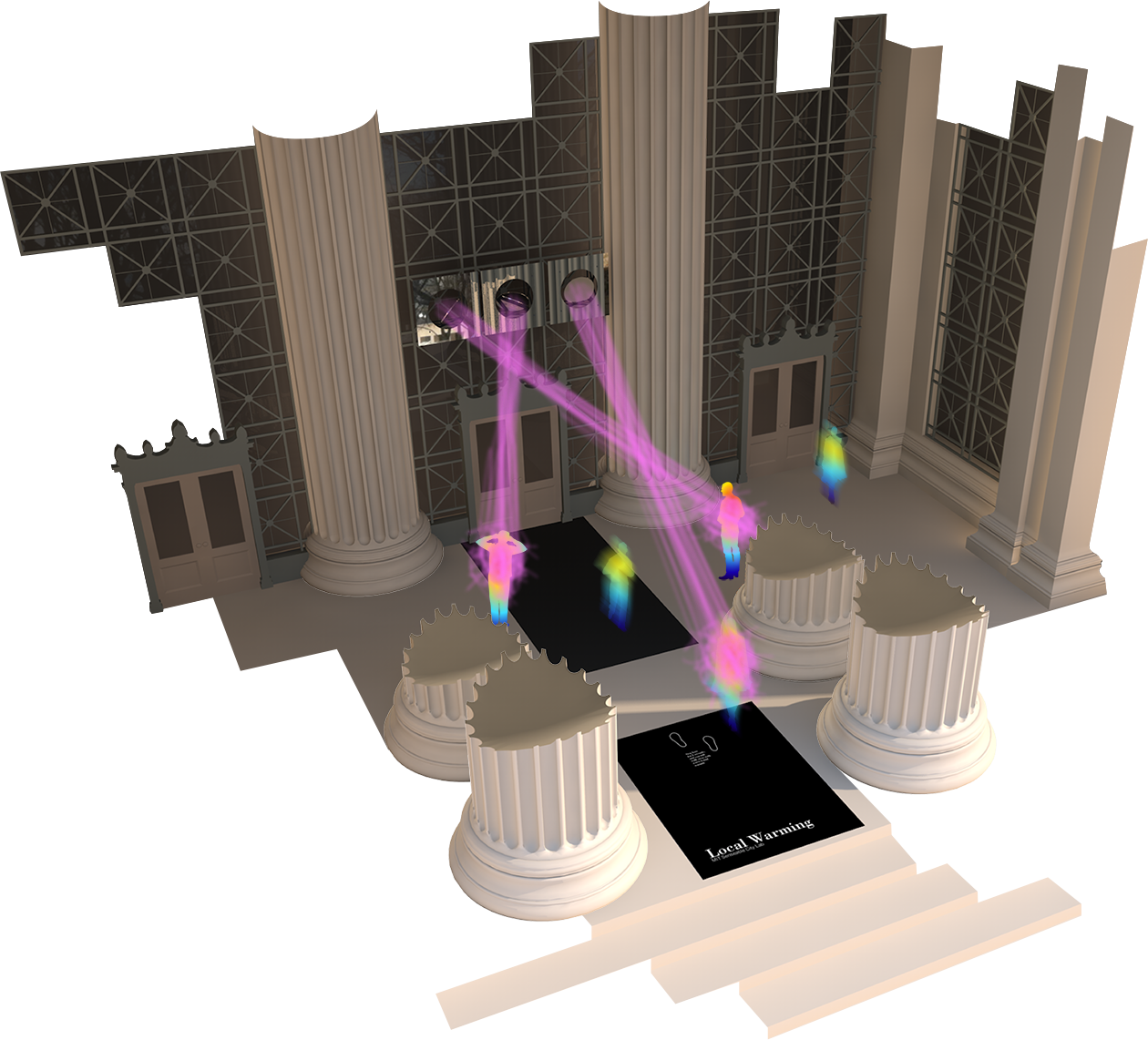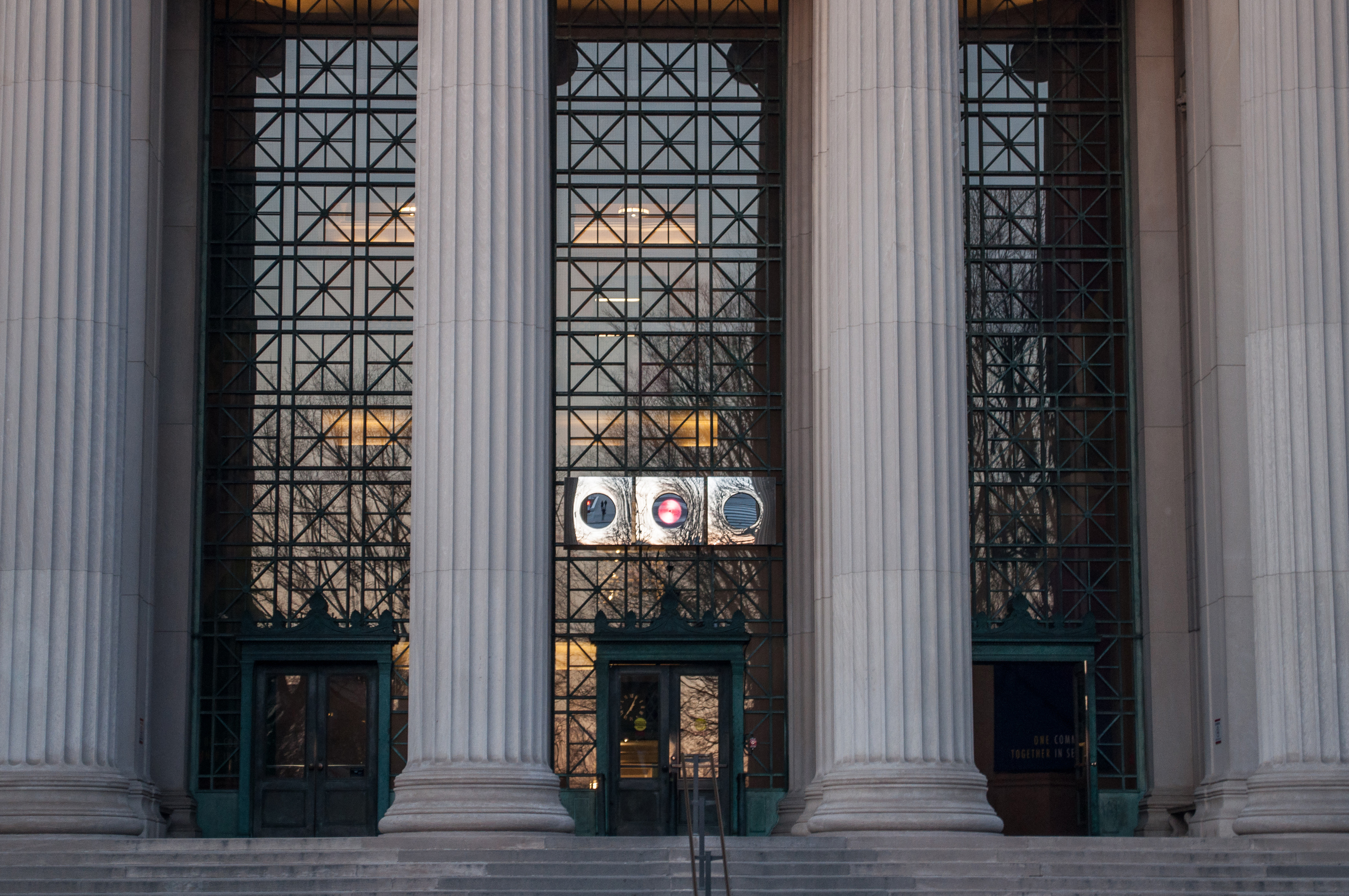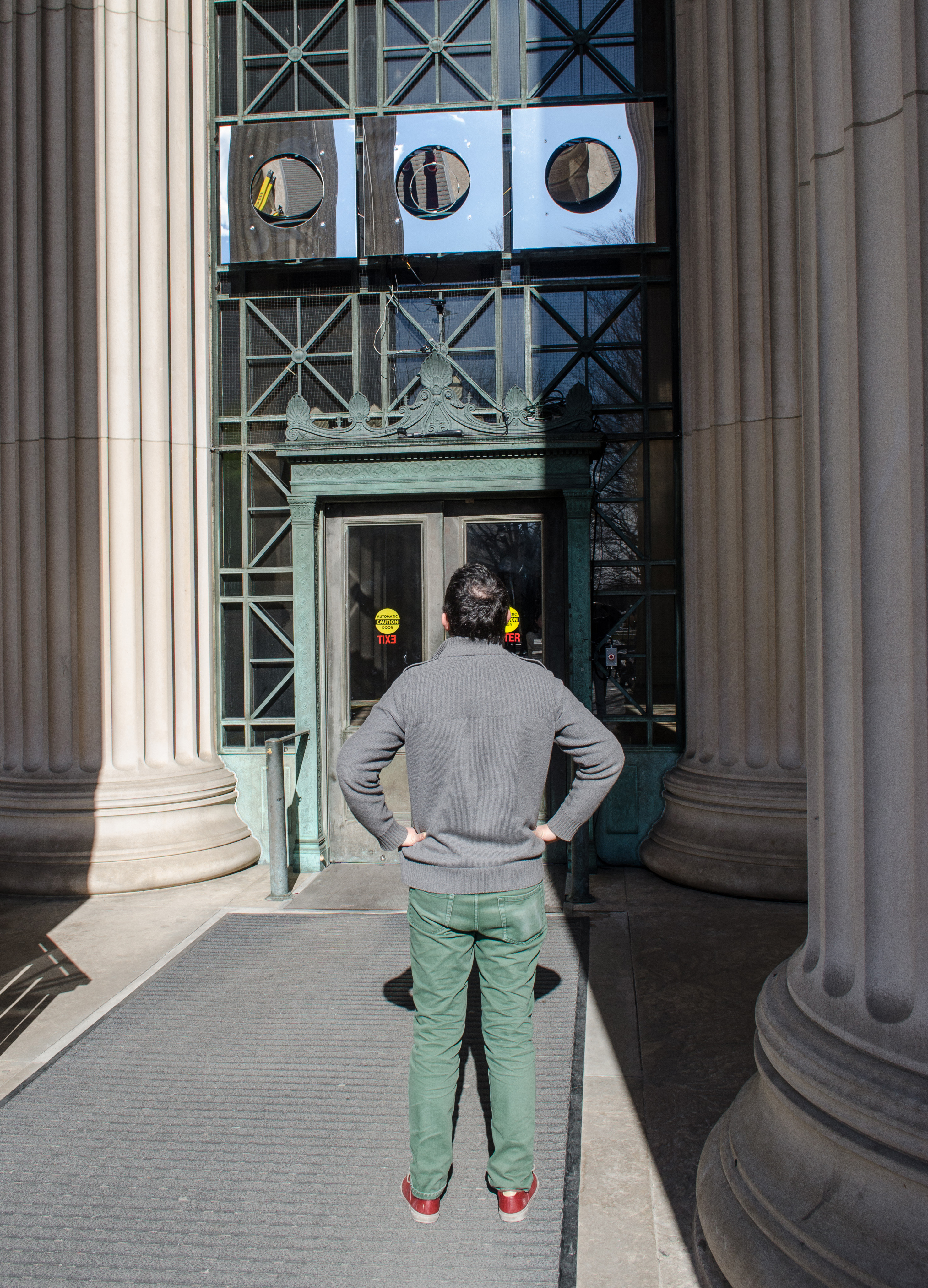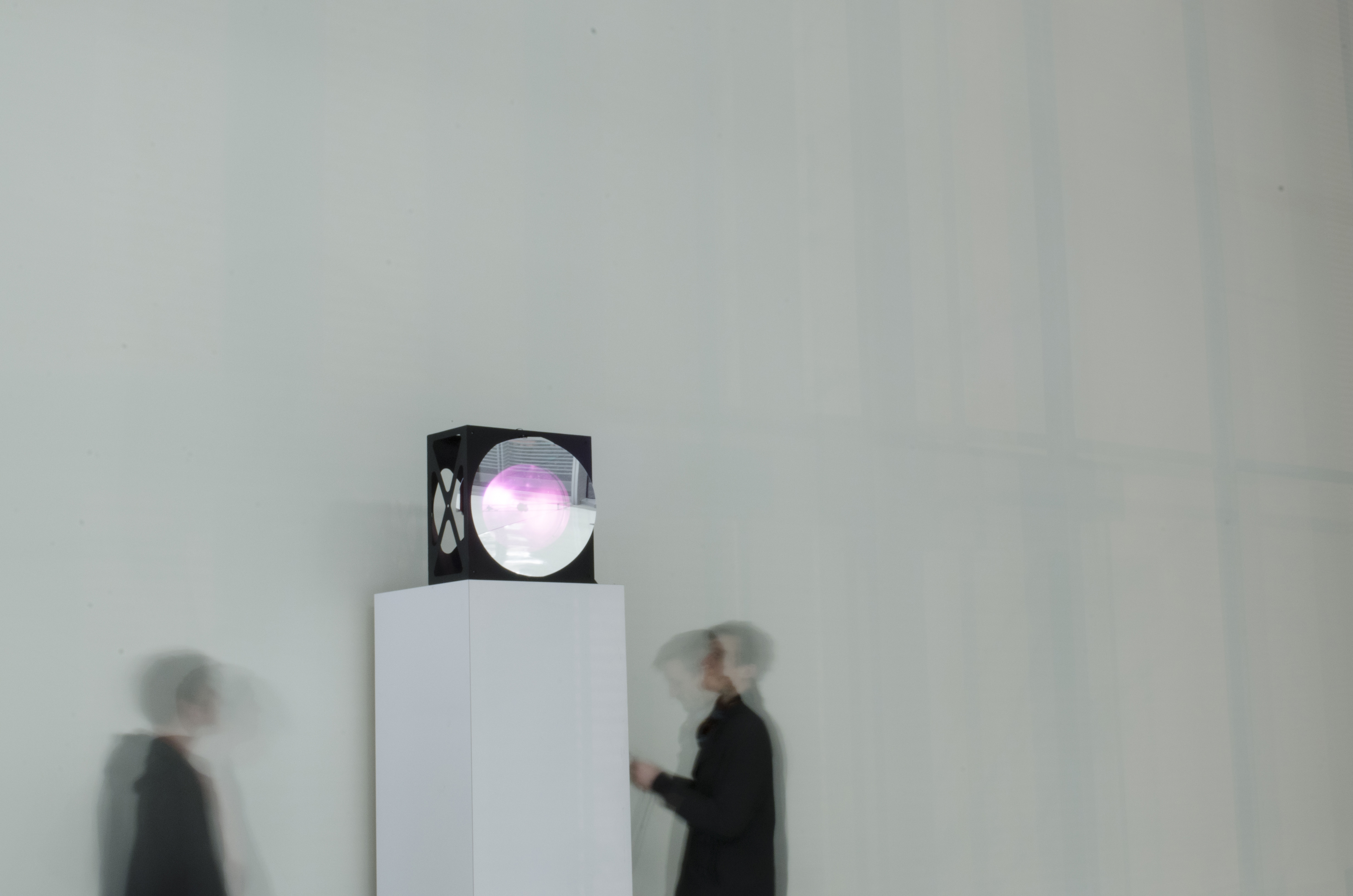Prior research by the MIT Senseable City Laboratory has revealed a dramatic lack of correlation between building occupancy and the energy consumption of heating systems. As commercial buildings alone account for over 20% of US energy consumption, there is a tremendous opportunity to conserve energy through the use of dynamically controlled highly-localized heating. In other words: put the heat where the people are.
Large quantities of energy are wasted on empty offices at night; dark corners of empty rooms in partially occupied buildings are heated simply because no better solutions exist. Likewise, homes run their natural gas furnaces while their residents are at work. While over time there has been improved retention of pervasive heating through developments in materials and construction, we believe a fundamental shift in climate control strategy towards occupant-localized heating will achieve an order of magnitude improvement in heating efficiency.
Local Warming is a prototype that aims to challenge the status quo. Through the use of sophisticated motion sensing and autonomous control, the installation provides people with direct and localized warmth. An infrared energy beam follows the users’ movement so they can be comfortably warm in an otherwise cold environment and thus the inefficiencies of ambient heating are avoided all together.
For this installation, the participants are welcomed by a carpet marked with symbolic foot prints. By standing in this location, the users can engage the system, and the warmth will follow them through space. By installing the system outdoors, the paradigm shifting possibilities are amplified. It provides the ability to manipulate unenclosed environments—in an efficient manner—to a degree allowing us to utterly blur the architectural boundary between interior and exterior beyond the removal of physical obstructions. When thought of as a responsive environment, the system exhibits a smart, data-driven, personalized form of climate control.
Local Warming explores a vision for the future of heating systems, suggesting highly efficient, dynamic and intelligent transmission of warmth. By providing a captivating yet intangible experience where participants can make use of energy in this unprecedentedly direct manner, we use this installation to communicate a novel paradigm in the sustainable use of energy.
senseable.mit.edu/local-warming
Media Coverage
Credits
Principal Investigator: Carlo Ratti
Project Leaders: Leigh Christie, Matthias Danzmayr, Cagri Hakan Zaman
Project Advisor: Rex Britter
Photography: Nicholas Ruhlmann, Wyatt Burns
Design Contributors: Yaniv Turgeman, Andrea Galanti




